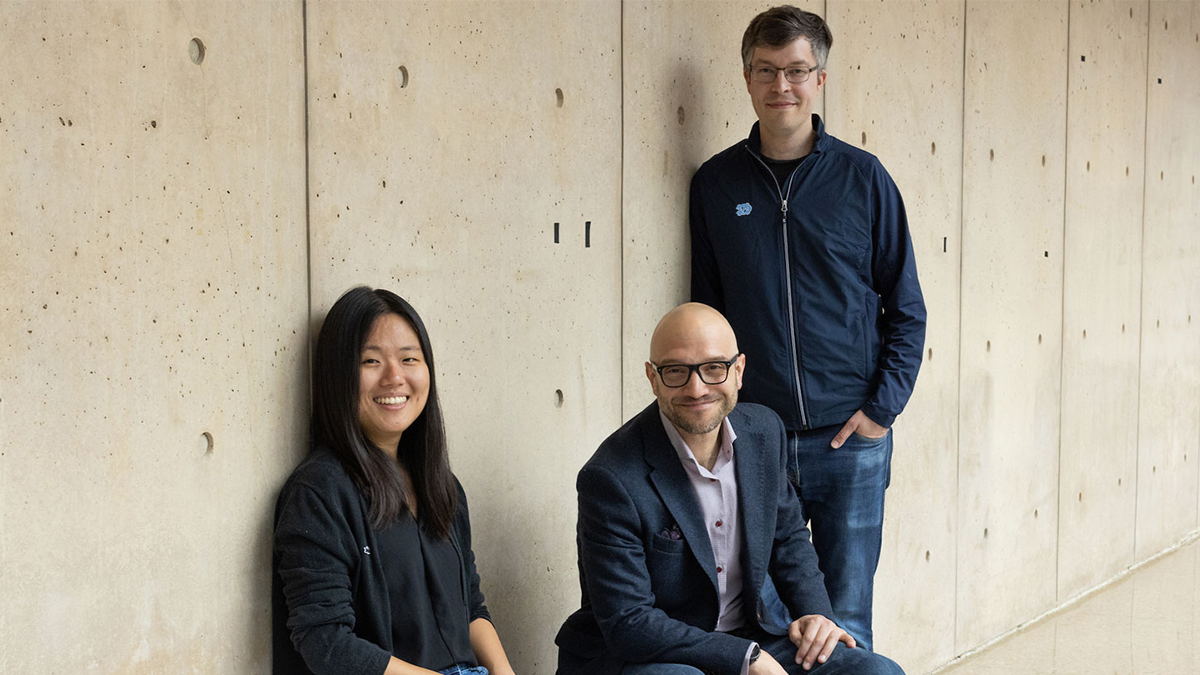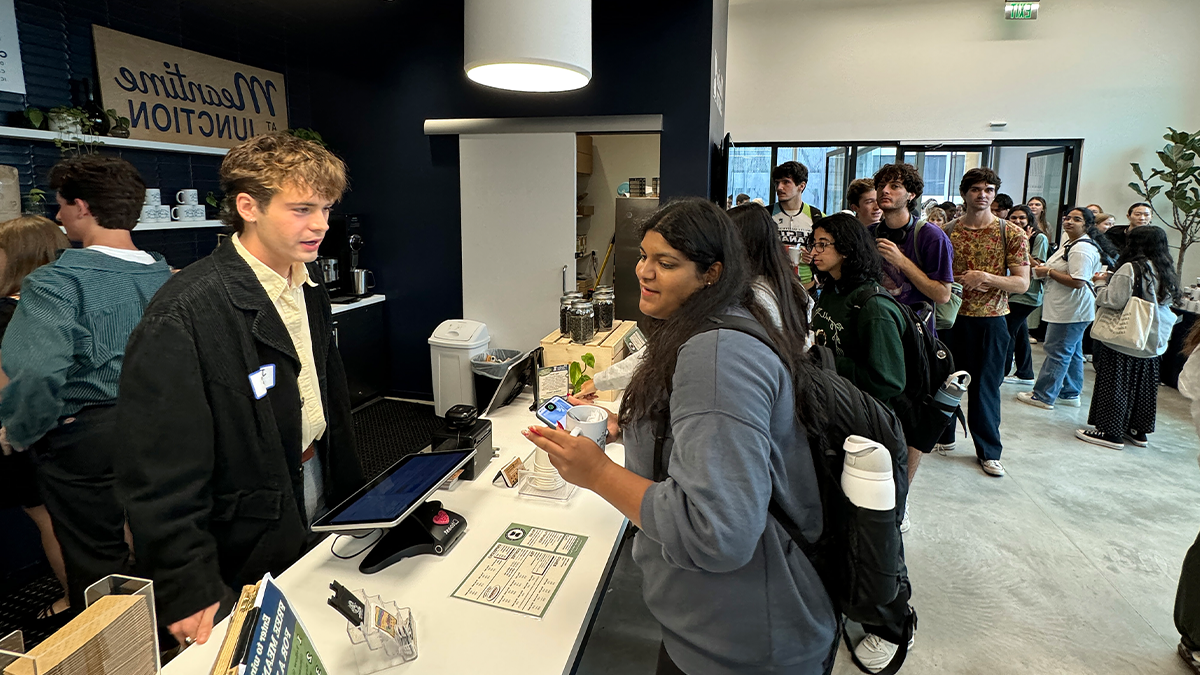Tar Heel experts unlock science behind swimming
Faculty in exercise science, fluid dynamics and engineering pool efforts to produce a speedier Team USA for 2028.

A new collaboration between College of Arts and Sciences faculty and USA Swimming uses science to give U.S. swimmers an edge in the 2028 Summer Olympics in Los Angeles.
The origins of the project came from a chance meeting of two avid swimmers, Richard McLaughlin, professor in the mathematics department, and Claudio Battaglini, professor of exercise physiology in the exercise and sport science department.
McLaughlin runs the Joint Fluids Lab in applied and computational mathematics, and his years of experience in fluid dynamics paired perfectly with Battaglini’s background in exercise science. Battaglini is also a world-renowned swim coach and is currently a sprint coach for the U.S. National Junior Team. They added Jim Mahaney, computer science senior research associate and director of the Applied Engineering Lab, to the team for his expertise in research engineering.
To study swimming mechanics, the team began with the hand. To create a more realistic hand model, Mahaney and Steven Tio, a computer science and mathematics double-major, visited the UNC swimming and diving team. They measured the left hand of each swimmer, then used that data to produce a 3D model hand that was the average size of a Carolina swimmer’s hand. They split the model into three parts, allowing for easy replacement of the fingers or thumb when testing different hand positions.
Based on this model, they used a resin-based printer to create a solid hand with a smooth surface impervious to water. They immersed the model hand in a recirculating tank where the water flows at the speed of an Olympic swimmer. Mahaney designed the system so the forces observed match the conditions in the pool.
To visualize and track the flow of fluid around the hand, the team used particle image velocimetry. This technique seeds the fluid with tracer particles and captures their movement through digital image pairs tracked by a camera system. The results will help decide the best hand positions for the fastest swimming.
Then the swimmers will train to master these new techniques. But to train them, swim coaches will need to know the precise positions of each athlete’s thumbs and fingers while they are swimming. The team is developing a lightweight glove that will log these positions in real time.
Computer science major Harper Callahan designed a prototype system that uses flex sensors at each finger joint to track their orientation. Further work by information and library science major Lilly Nekervis took Callahan’s original design and added it to a flexible wooden hand to validate the accuracy of the sensors. After testing, the sensors will be integrated into a glove for use by swimmers.
USA Swimming is also interested in improving performance in open water swimming. The U.S. has not medaled in men’s or women’s marathon swimming since the sport was introduced for the 2008 Summer Olympics. The Joint Fluids Lab’s 120-foot-long wave tank can simulate offshore conditions in a controlled environment, allowing research into the effects of waves, currents and even wind on swimmers.
With mere milliseconds making the difference between a gold or silver medal, the goal is to give the U.S. Olympic swimmers a competitive edge backed by hard science. Battaglini says that current advances in swimming are based on stopwatch comparisons without experimental evidence to support them. This research aims to not only unlock the science behind swimming, but also to serve as a springboard for opening new fields of research in the tracking of human movement, both in and out of the pool.
Read more about this project to engineer swimmers for speed.







